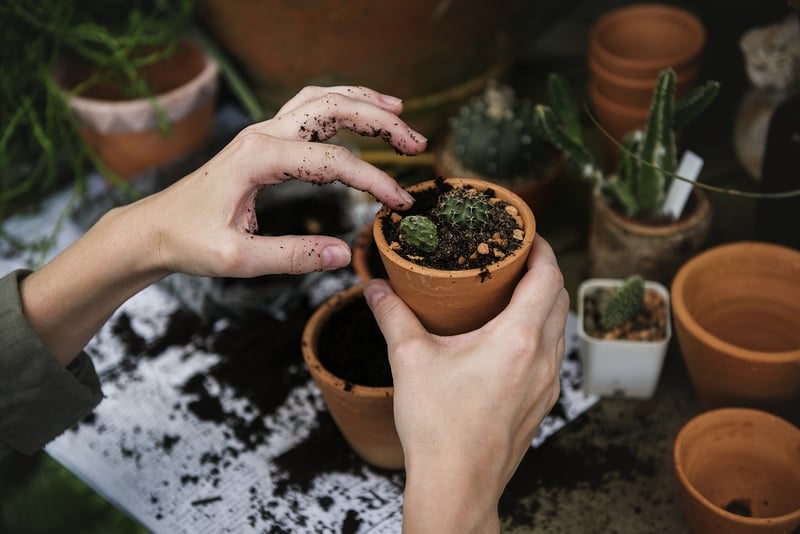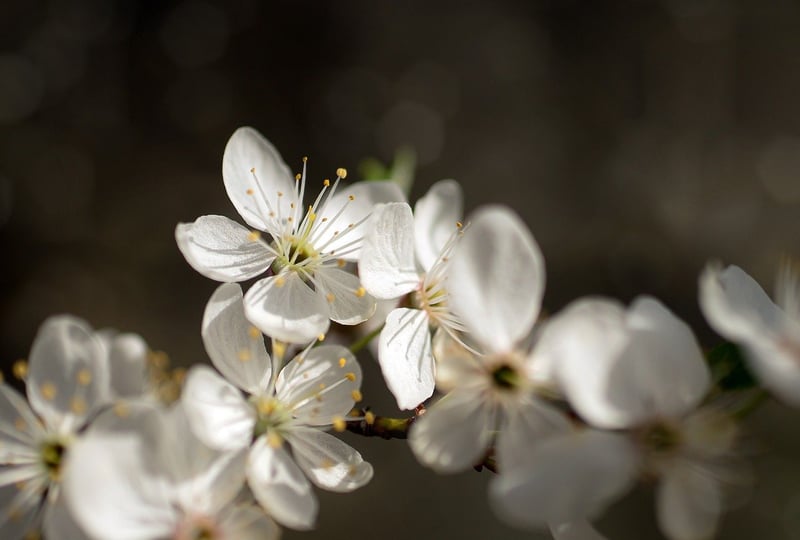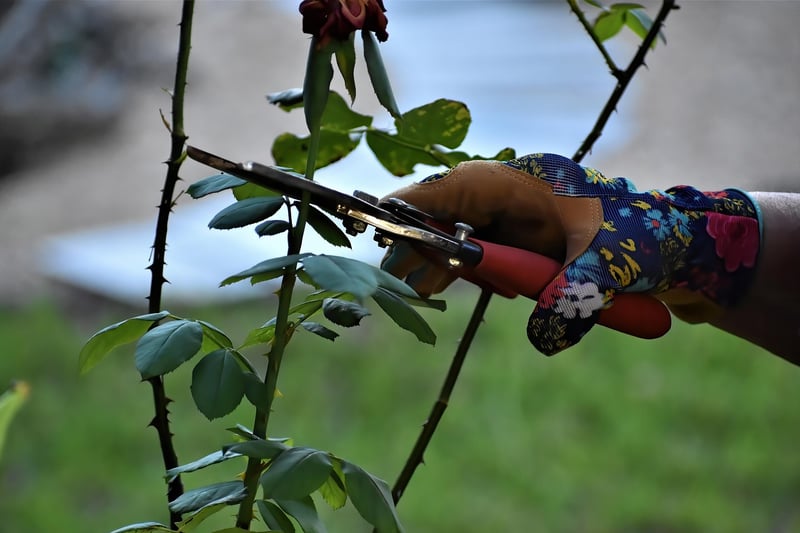Pruning Techniques
Expert Advice for Plant Maintenance and Pruning Techniques
Introduction to Plant Maintenance
Keeping your plants healthy and thriving requires regular maintenance. Proper care not only enhances the aesthetic appeal of your garden but also promotes plant growth and longevity.
Key Plant Maintenance Tips
- Watering: Ensure plants receive adequate water based on their specific needs.
- Light: Place plants in suitable light conditions according to their sunlight requirements.
- Fertilizing: Feed plants with balanced fertilizers to provide essential nutrients.
- Pruning: Regularly prune plants to maintain shape, promote growth, and remove dead or diseased parts.
- Pest Control: Monitor plants for pests and take necessary actions to prevent infestations.
Pruning Techniques for Healthy Plants
Pruning is a vital aspect of plant care that involves removing specific parts of a plant to enhance its health and appearance. Here are some essential pruning techniques:
1. Deadheading
Removing spent flowers encourages new growth and prolongs blooming periods.
2. Thinning
Thinning out excess growth improves air circulation and reduces disease risks.
3. Shaping
Trimming to shape plants maintains their form and prevents overcrowding.
4. Heading
Heading back involves cutting back stems to promote branching and denser growth.
Conclusion
By following these expert tips for plant maintenance and employing proper pruning techniques, you can ensure your plants remain healthy, vibrant, and visually appealing.


